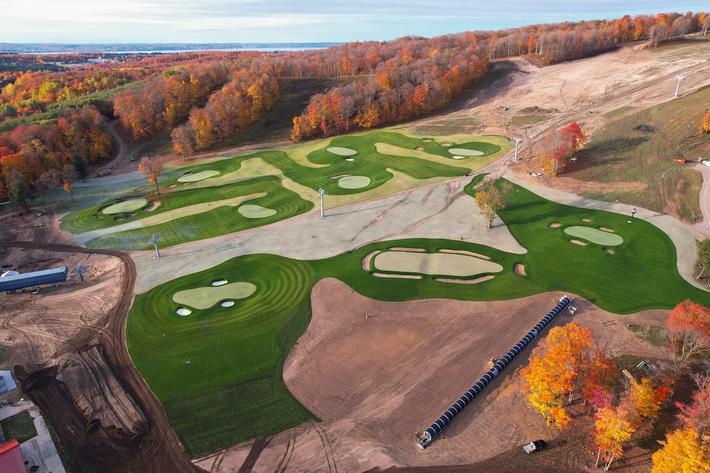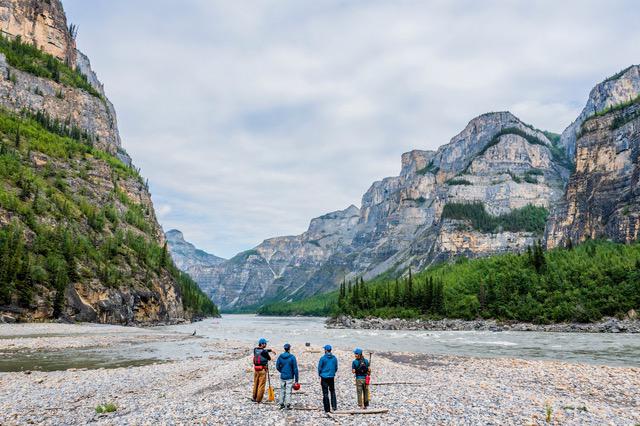What Steps Can We Take to Address Our Housing Crisis?
Guest Opinion
By Yarrow Brown | June 10, 2023
It’s time to focus on things you can do right now in your community to keep the conversation going around housing. With the summer arriving, there is added pressure for people trying to find housing, and the real estate market continues to price people out who live and work here year round.
Housing connects to almost everything else in our complex community system. Housing stability, quality, safety, and affordability all affect health outcomes. We need to continue to help our communities become “housing ready” and remove barriers to responsible growth.
The two main ways to address this are allowing more density for housing in areas where it makes sense and to allow for smaller square footage units and homes to be built. These include duplexes, triplexes, quadplexes, and accessory dwelling units.
Another important piece of the puzzle is removing housing restrictions that limit the type of housing that can be built based on size or what it’s made from or who can live there. Let’s embrace alternative housing options that are safe, affordable, and healthy for our residents.
Change can be uncomfortable, and some of us are wary of high-density apartments in certain locations. But the reality is we simply don’t have enough housing units for the people who live here or want to move here for work and for the quality of life we all enjoy.
The bottom line? It’s imperative for our communities to make changes to allow for the housing required for everyone who lives here. We tend to have single-family only zoning, so even if it’s a small change like allowing for apartments above garages or for a home to have more than one unit, that can make a huge difference. Communities can create districts or areas where higher density is allowed.
If you’re comfortably housed, it may be hard to understand why there’s a housing crisis or why people can’t afford to buy a house or rent an apartment. But there are very few units available, compounded by a limited workforce to build the housing. Many people are priced out and can’t afford the mortgage or rent.
We can’t attract and retain talent to our region without enough housing. Over 85 percent of those looking for housing that is affordable—and by “affordable,” I mean paying 30 percent or less of their income on housing—make $65,000 a year or less.
Beyond the lack of housing stock, there’s a shortage of resources to support rehabilitating existing structures and limited infrastructure. Without much-needed water, sewer, broadband, or natural gas, it’s very expensive to build housing.
We need to do more to reduce the costs of housing, protect our natural resources, and prevent sprawl. We need to build housing where people want to live—close to amenities, including transportation.
It can be daunting, and as an environmentally-minded person, I struggle with some of the development I see around us. I still get sad when I drive by a newly-cut forest or an old hay field that will now have housing. But we can develop responsibly with the appropriate plans, encouragement, and resources for our region. And some of these changes come from updating our zoning ordinances to encourage less sprawl.
We’re fortunate to have three land conservancies working as partners with our communities to protect the most sensitive and vulnerable areas. They also understand the need for housing and collaborate with many communities to support housing where there’s little conservation value or impact to the natural environment.
Community and public systems to deal with our waste and water are better for the environment compared to so many individual septic systems. And they are expensive to fund. We just need to get there and make sure there are resources for our communities to tap into to expand the infrastructural needs in our region.
How can you help? Beyond contacting your legislators, you can also show up and speak up locally! Attend your local planning commission to learn what’s going on and the changes being considered to provide more housing opportunities. If you have a specific request or want to support an agenda item, let them know. If you’re a resident of that community, it’s more impactful to hear from you.
Lastly, you can invest in housing or work with a partner nonprofit to create a secure year-round rental, develop a duplex, or create an accessory dwelling unit (ADU) in your backyard. Invest in your community by creating more housing or supporting organizations working toward that goal.
We have an opportunity in northern Michigan to lead the way for our rural communities to use the new tools, to develop local and regional housing funds, and help create communities with housing for all. We know that housing is a necessity for everyone, and with some small changes, we can make a big impact.
Yarrow Brown is the executive director of Housing North, a 10-county housing agency serving northwest Michigan.
Trending

The Valleys and Hills of Doon Brae
Whether you’re a single-digit handicap or a duffer who doesn’t know a mashie from a niblick, there’s a n... Read More >>
The Garden Theater’s Green Energy Roof
In 2018, Garden Theater owners Rick and Jennie Schmitt and Blake and Marci Brooks looked into installing solar panels on t... Read More >>
Earth Day Up North
Happy Earth Day! If you want to celebrate our favorite planet, here are a few activities happening around the North. On Ap... Read More >>


